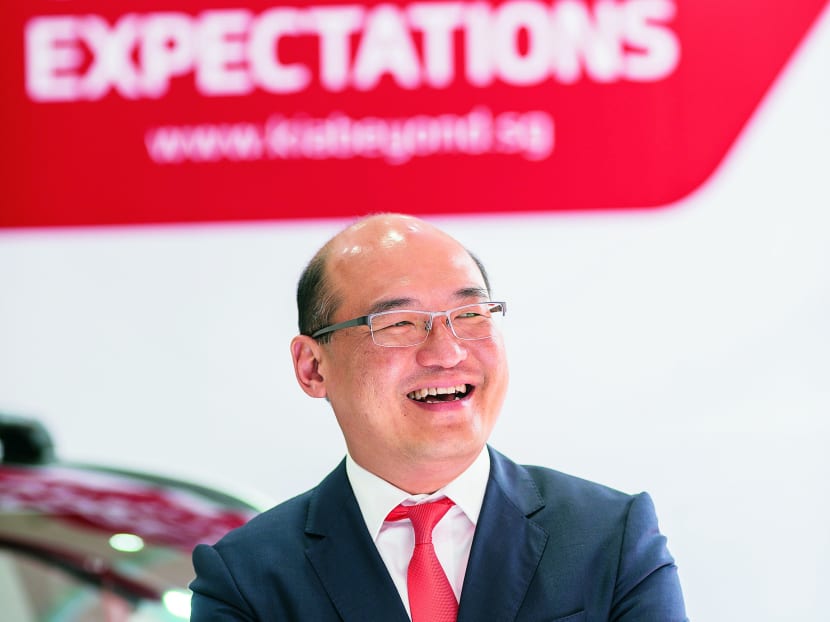Powering up the ranks
Remember when South Korea defied all expectations and qualified for the semi-finals of the 2002 World Cup thanks to giant-killing soccer feats? Well, the Koreans are back to their giant-slaying ways again, only this time in the field of automotive endeavours.

Jardine Cycle & Carriage’s Eric Chan said topping the JD Power 2016 US IQS study is a strong testament to Kia’s product quality. Photo: Cycle & Carriage Kia
Remember when South Korea defied all expectations and qualified for the semi-finals of the 2002 World Cup thanks to giant-killing soccer feats? Well, the Koreans are back to their giant-slaying ways again, only this time in the field of automotive endeavours.
Last month, Kia topped the JD Power 2016 US Initial Quality Study (IQS), beating Porsche and BMW in the process — the first time a non-luxury brand has done so in 27 years.
CONSUMER CONFIDENCE
If your initial reaction to this is: “JD what?”, you are probably not the only person in Singapore asking that. In a nutshell, the study examines problems experienced within the first 90 days of ownership. Quality is determined by the number of problems per 100 vehicles. Kia registered 83 problems per 100 vehicles (PP100), while second-placed Porsche registered 84 PP100. The industry average in the study was 105 PP100.
The IQS is based on responses from more than 80,000 car owners or lessees of new 2016 model-year vehicles and contains a set of 233 questions organised into eight categories, such as exterior, driving experience and engine/transmission.
TRANSLATING SUCCESS ABROAD
But what exactly does this mean for the brand here in Singapore? Quite a lot, according to Eric Chan, managing director, Singapore Motor Operations, Jardine Cycle & Carriage.
“To beat brands like Porsche, Toyota, BMW and Lexus — that’s a very strong testament of product quality and the reliability of every new Kia,” he said.
This can be partly attributed to changes beneath the sheet metal. Kia’s new models use significantly more high-tensile steel in the chassis and structure.
This creates a much more rigid chassis for a given weight, which in turn aids the car’s handling. Cars like Kia’s new Sportage bear testament to this. It is solidly built and has plenty of standard equipment.
Behind the wheel, it corners nicely, accelerates smoothly and soaks up bumps well; with the only significant bugbear being a lack of steering feedback.
So while the current crop of Kias are quality offerings, addressing the automotive elephant in the room will be a more difficult task: Consumer perceptions.
“The perception of Korean cars being second to Japanese products is a reality here. This result will help change that because our products have moved on from where they were a generation back. “
Could a day when Korean cars come to be at least as highly regarded as their Japanese rivals ever come to pass?
Why not, said Chan. “In the ’90s, nobody thought that Korean electronics would take the lead from Japanese brands but that has happened,” he said. Scott Marsh





